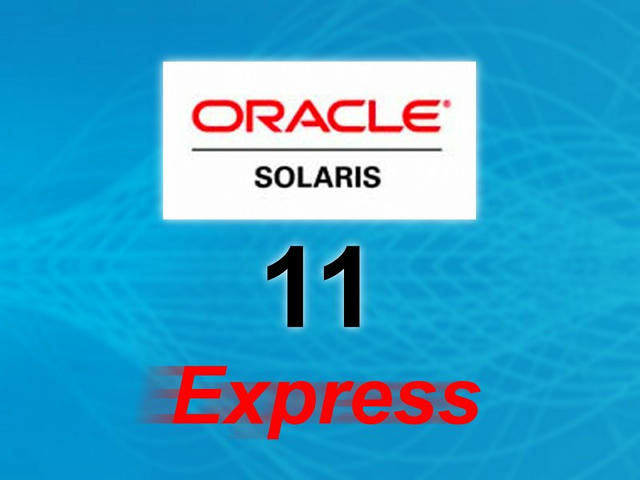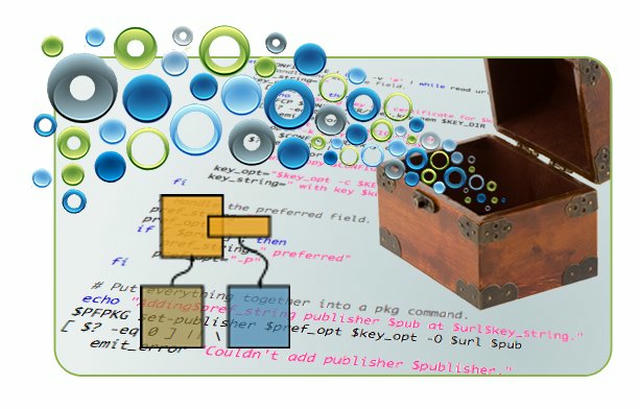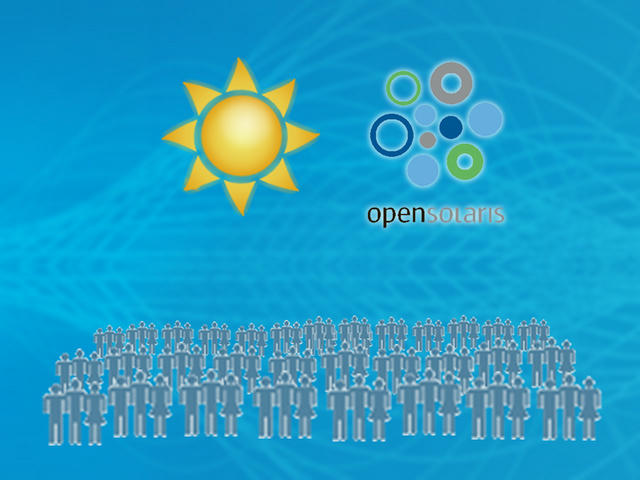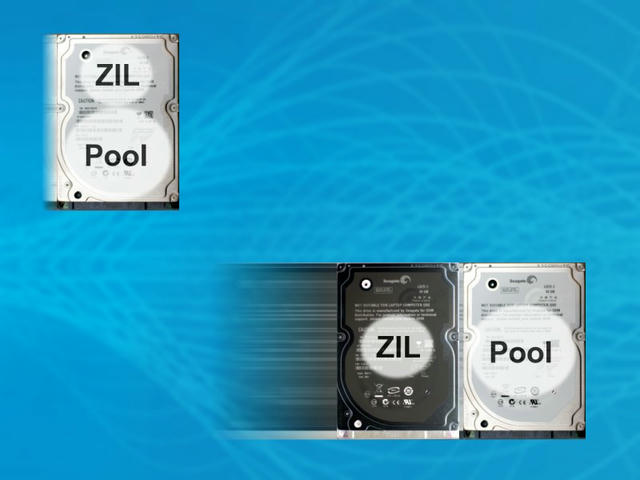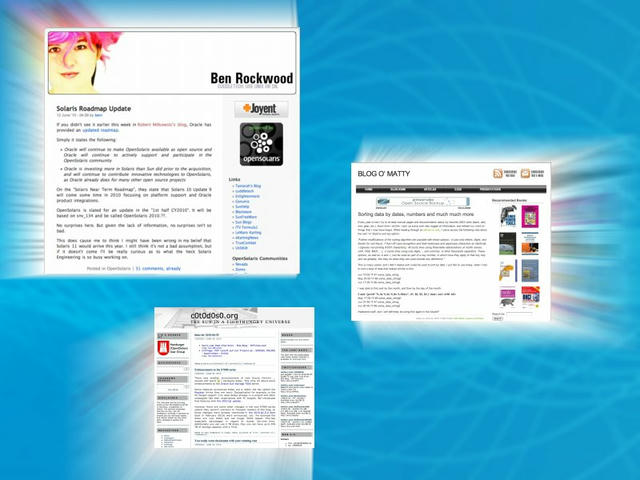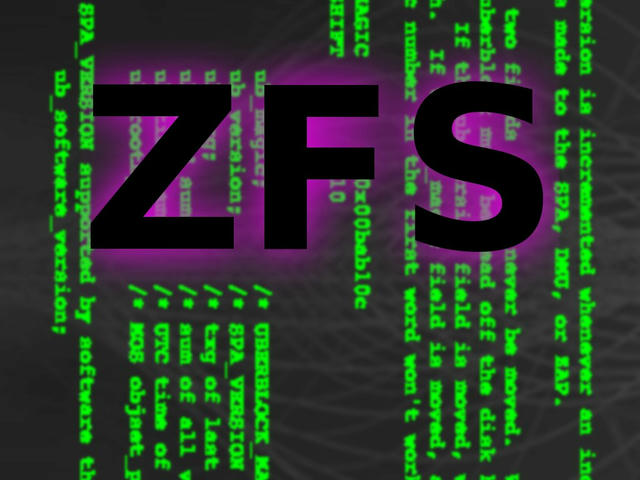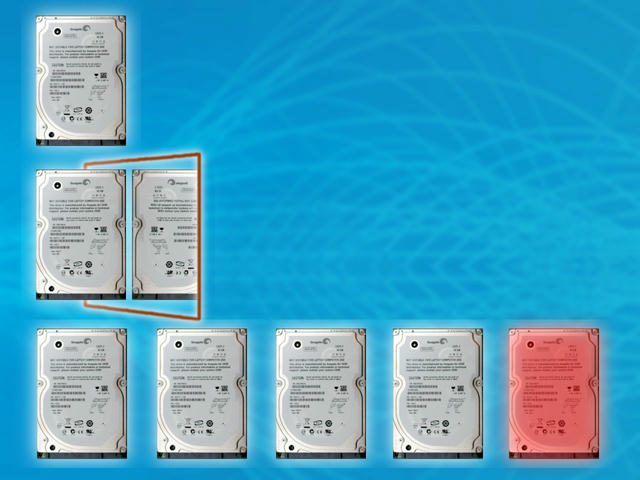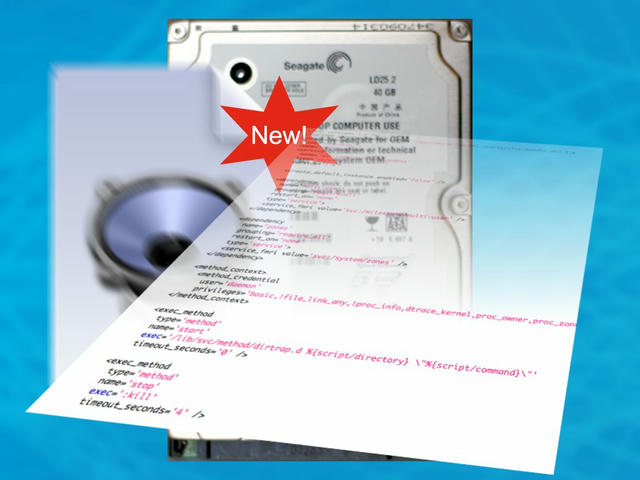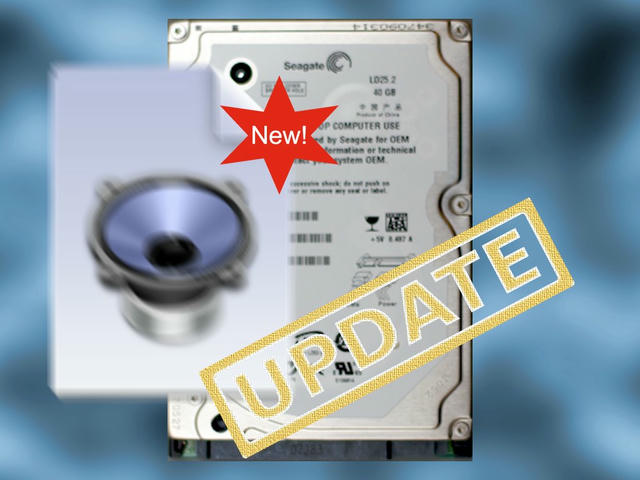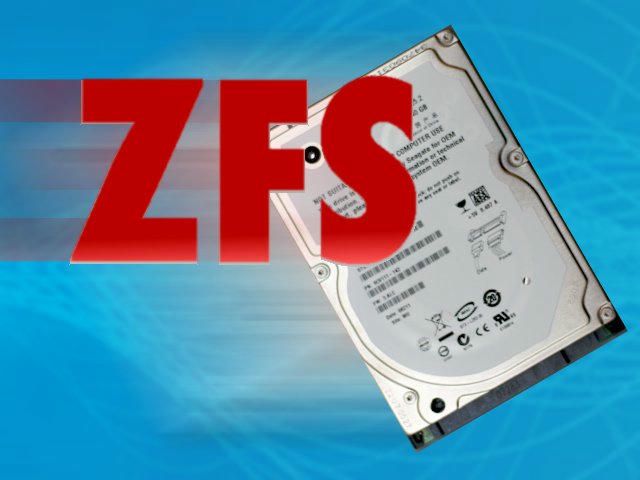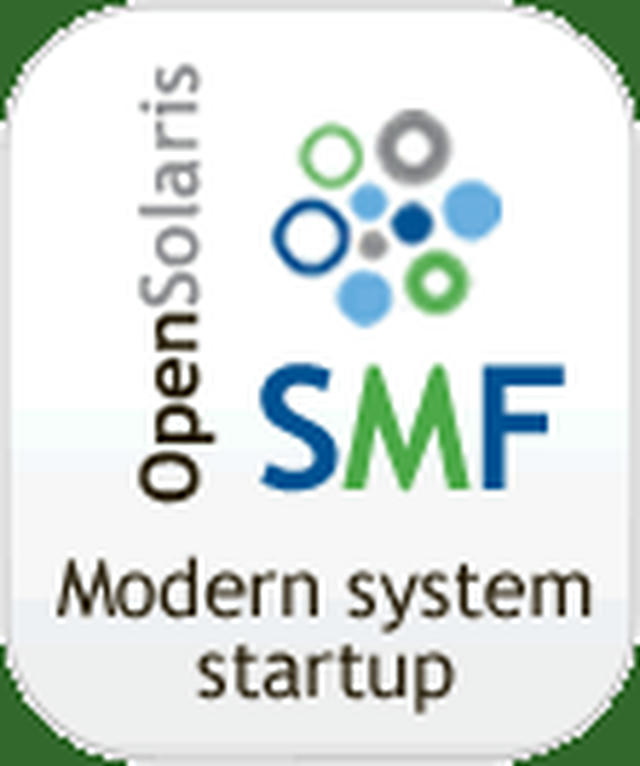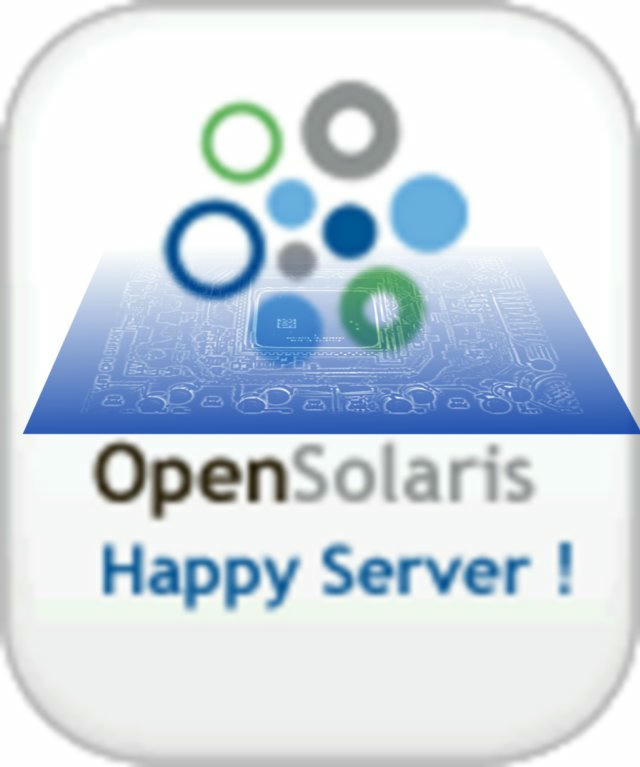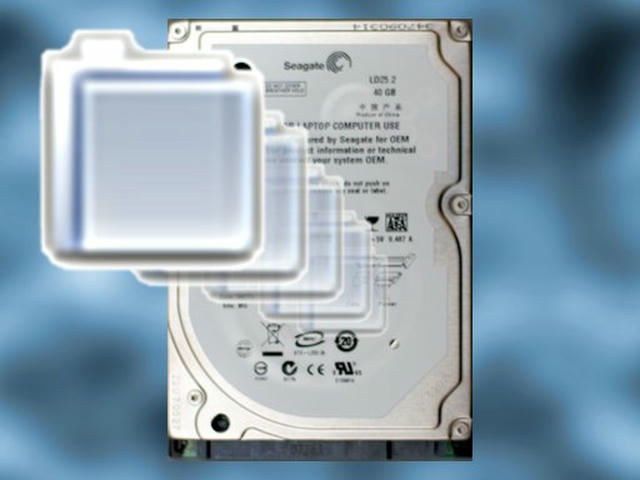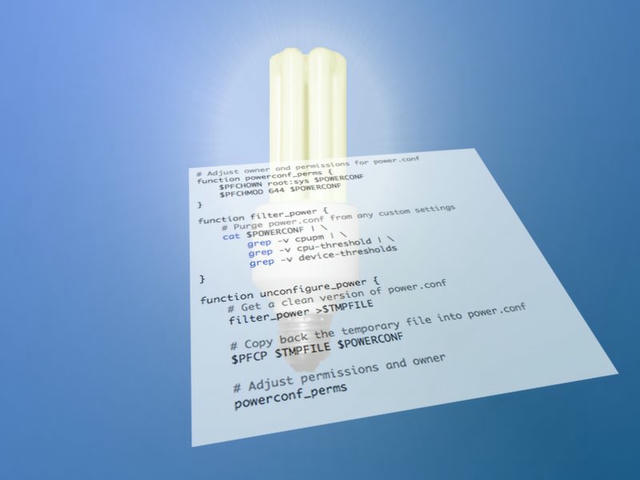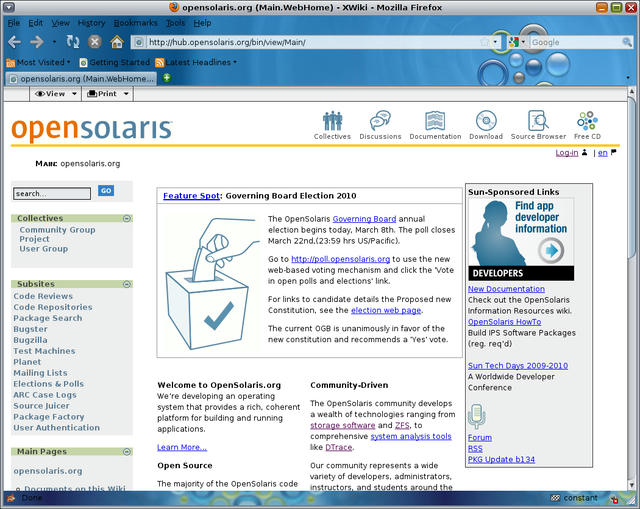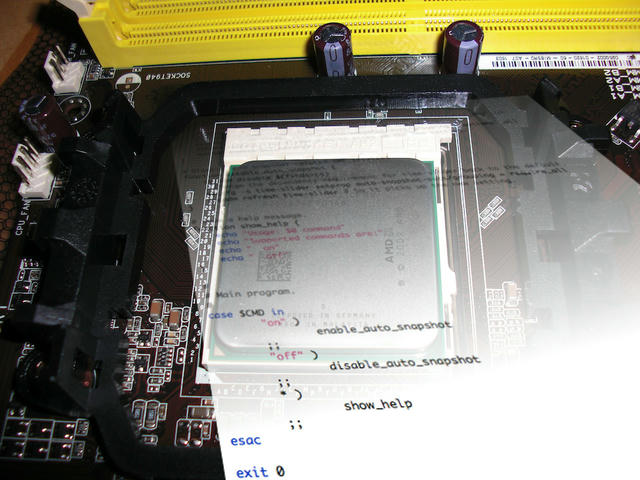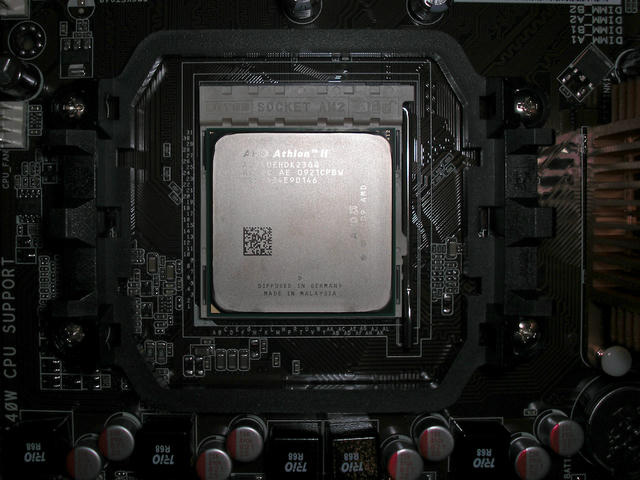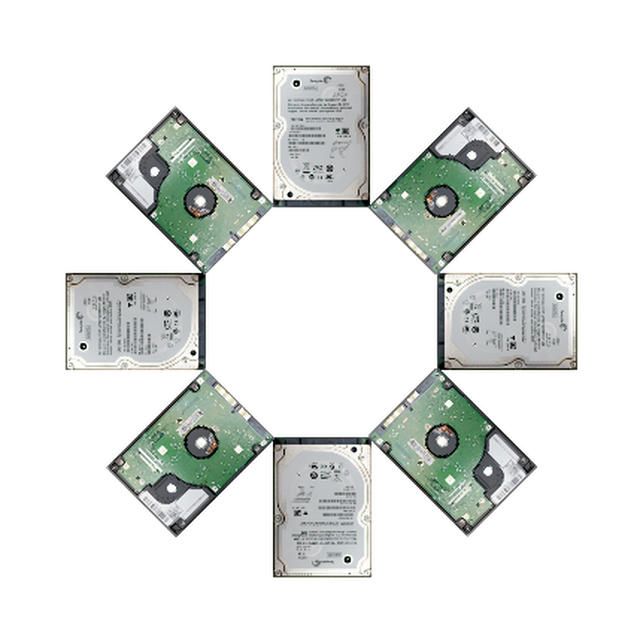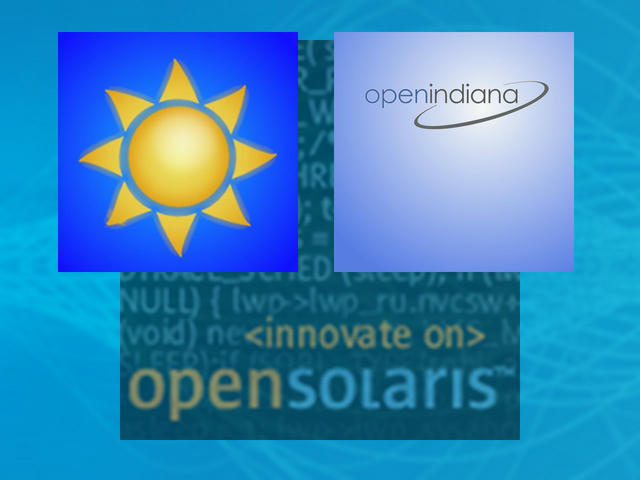
The Solaris Eco-System Is Expanding
More than a while ago, I wrote about the birth of Illumos, a project that aims at substituting the last non-open-source bits from the OpenSolaris kernel with replacements, in order to create a 100% open source Solaris kernel.
On May 20th, I had the opportunity to attend the Nexenta European User Conference 2011 (no link, page no longer exists) in Amsterdam, where Solaris and storage enthusiasts from all over the world met to discuss their favorite technology: ZFS. Of course there was also a lot of talk about Illumos and related projects.
Now I’ve given a lot of Solaris presentations to customers, always highlighting the big, growing and powerful community behind the Solaris OS. But this conference added a new dimension to the Solaris Eco-System for me!

